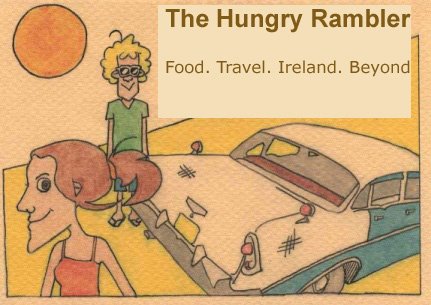But turkey haters should not despair. There are many exciting and alternative Christmas dishes you could be testing this year. Looking at other European Christmas traditions could give you some inspiration!
 |
| spider crabs |
Salted cod is the most common way of eating cod in general in Galicia, Portugal and the rest of Spain. The cod is cut in darns and they will need de-salting in water for day or two. Cod, potatoes and cauliflower are boiled. In a separate pan, olive oil and 4 garlic cloves are cooked with smoked paprika (not the hot one). The sauce is then poured over the fish and vegetables and ready to serve.
Personally, my all-time favourite is my mum’s recipe for Galician clams and you can find an accurate approximation here (Clams in Green Sauce).
 |
| gingerbread made by Dani |
Carp (a must!)
Vegetable salad
Pierogi (dumplings) with potatoes and cheese or cabbage and mushrooms
Bigos (sliced cabbage with sour cabbage plus plums or raisings or cranberries and mushrooms)
Kutia - special square noodles with poppy seeds, raisings, orange skins and honey
Beetroot soup (barszcz)
Mushroom soup (zupa grzybowa)
Gingerbread (piernik) and poppy cake (makowiec)
The Poles always set an extra plate for any unexpected guest, she says, “and we always look for the first star on the sky and then start to eat.”
My brother, who lives in Berlin, tells me mulled wine (of course) is a must at Christmas in Germany.
The Germans also celebrate Christmas Eve and goose is their most traditional dish.
Here’s a recipe for Goose Breast with Potato Dumplings, Red Cabbage, and Chestnuts
In Sweden, boiled ham is a popular Christmassy dish (see here ).
My friend Axel who has a fear of herring once told me his favourite Christmas dish is rice porridge (similar to rice pudding). Easy and tasty and you can get a good recipe here . The Swedes put a nut in the rice pudding when it is almost ready. The lucky one who gets the nut will be lucky in the New Year, according to the Swedish Christmas tradition.
